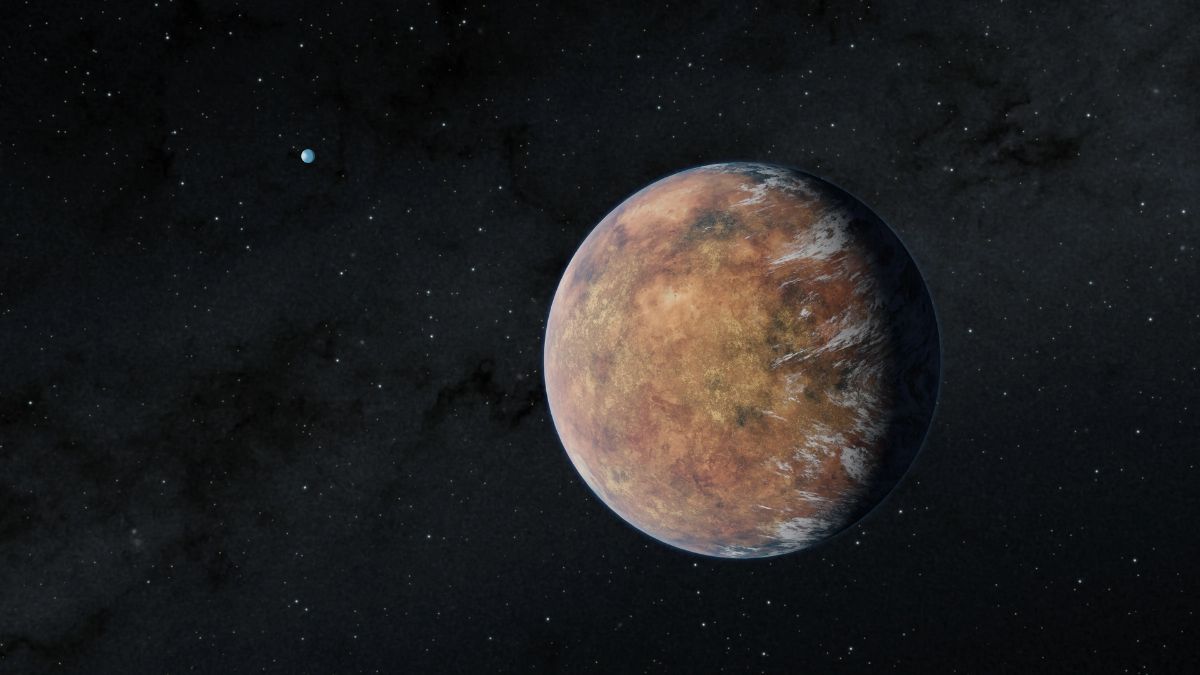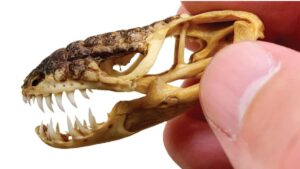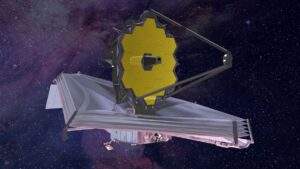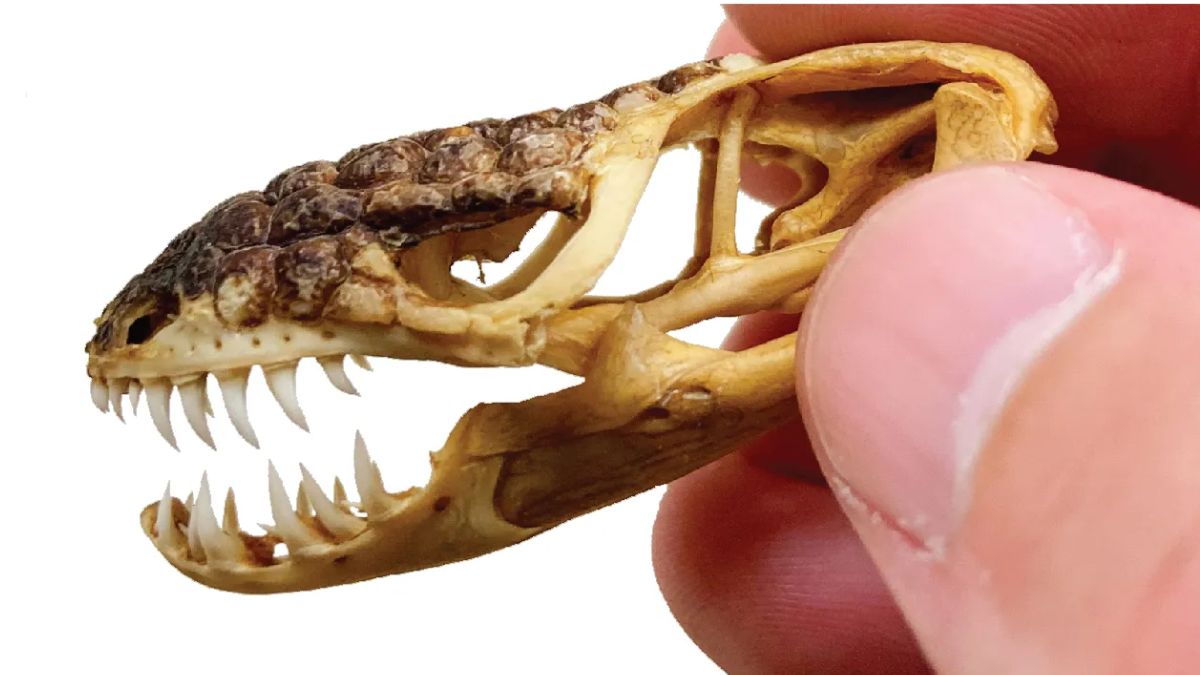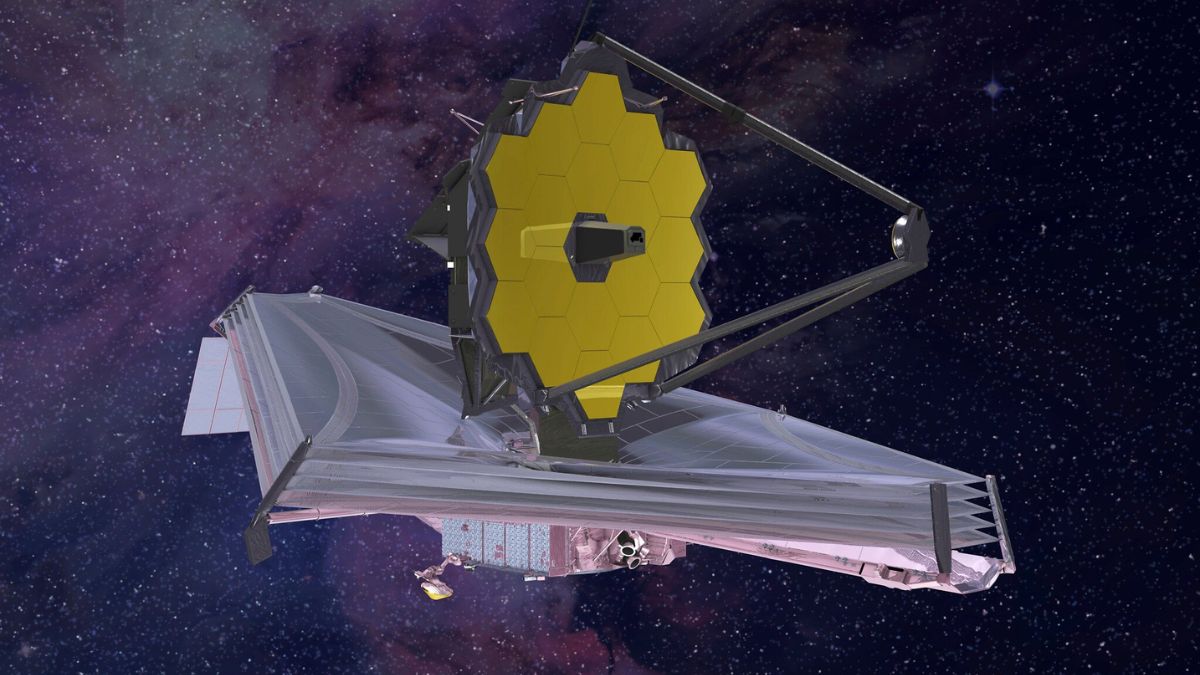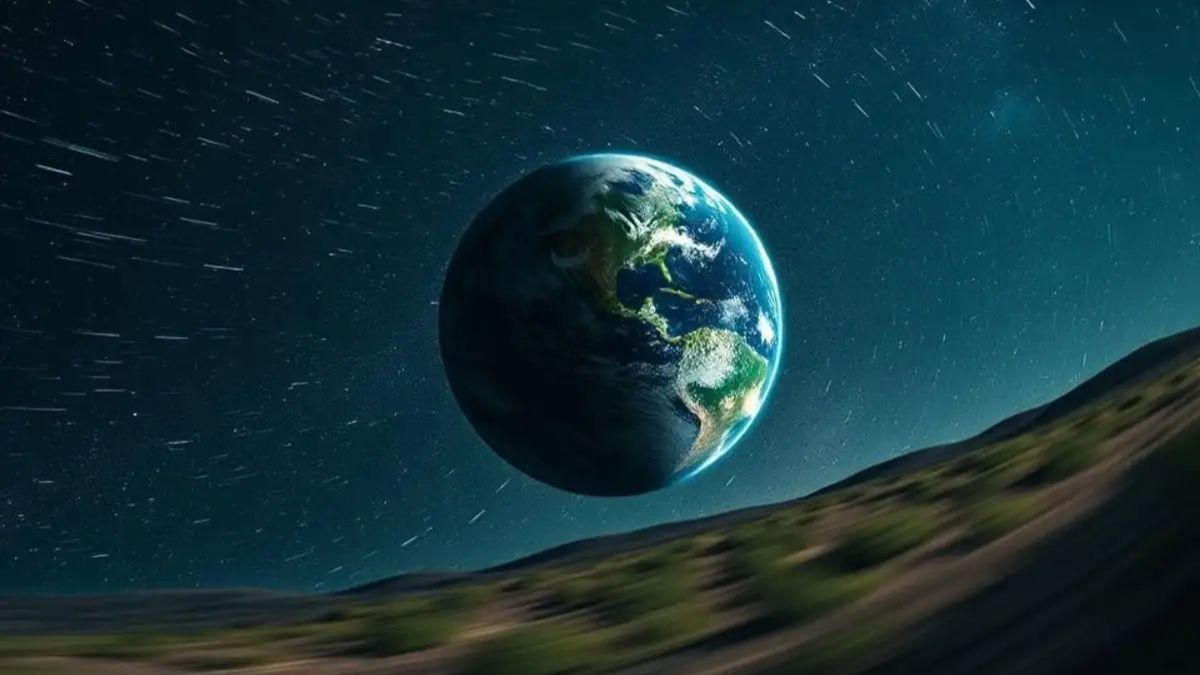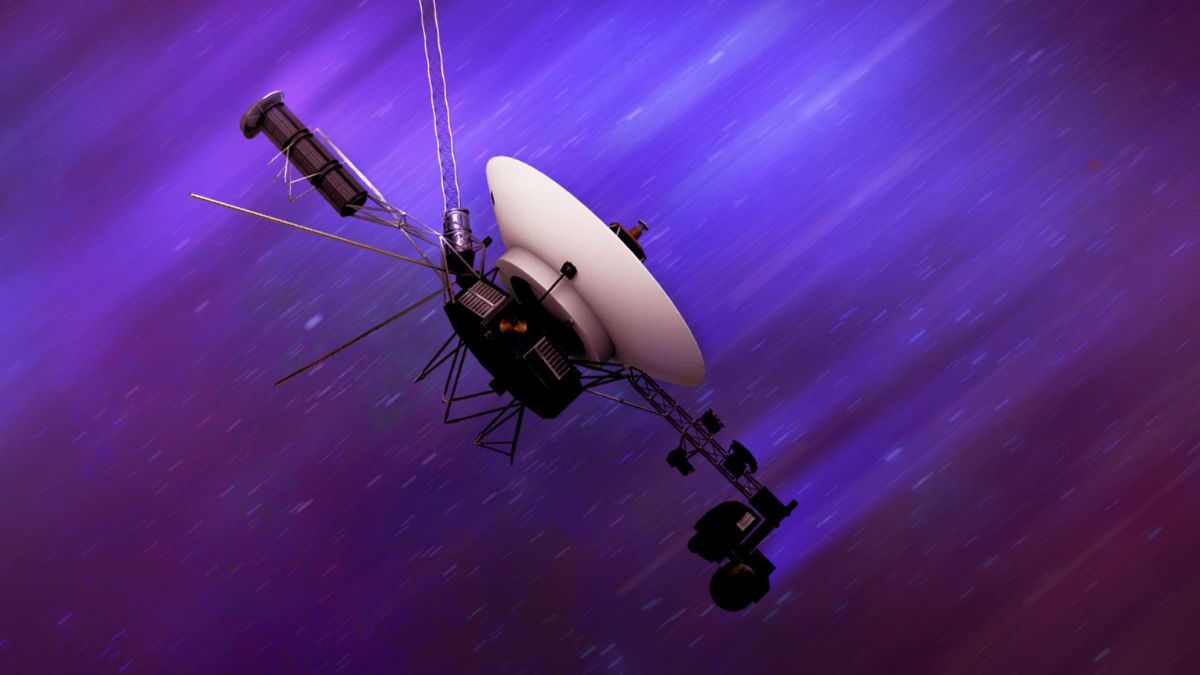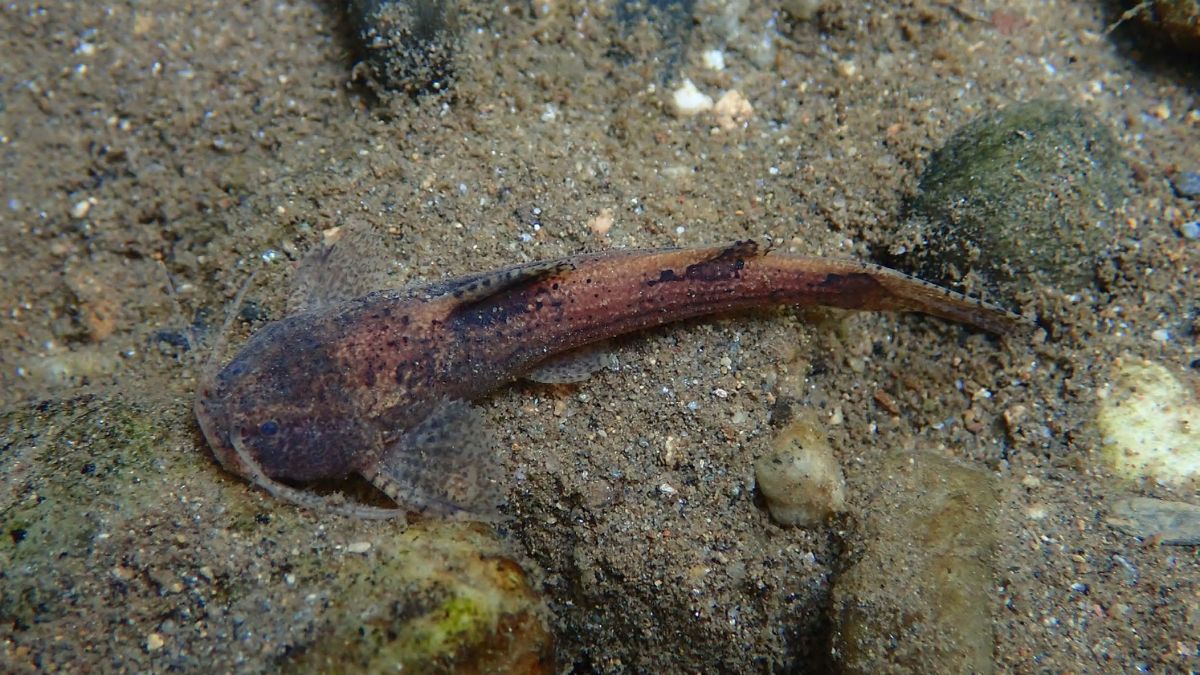The James Webb Space Telescope has done it again—delivering a breathtaking peek into the universe, this time 111 light-years away in the Hydra constellation. At the heart of this latest breakthrough is a potential planet, dubbed TWA 7b, orbiting a young star called TWA 7. What’s exciting? This isn’t just any distant world—it might be the first time we’ve ever directly observed a Trojan disk, a cosmic dust cloud trapped in a planet’s orbit.
If confirmed, TWA 7b could mark the beginning of a bold new chapter in exoplanet exploration—one where we don’t just detect planets through indirect clues but actually see them taking shape.
Discovery
It was French astronomer Anne-Marie Lagrange from the Paris Observatory and the University of Grenoble Alpes who first identified this planetary candidate. TWA 7b orbits its star at a distance 50 times greater than the Earth’s distance from the Sun. That’s far out—literally.
And while the discovery itself is impressive, what really sets it apart is how it was made.
MIRI
The real hero here is MIRI—the Mid-Infrared Instrument aboard the James Webb Telescope. This powerful tool comes with a coronagraph, which blocks the star’s light and allows astronomers to see what’s hiding nearby. In this case, that was a faint thermal signal: a clear, warm glow that stood out from the surrounding dust. Without MIRI, this object would have remained completely hidden.
Trojan
Now let’s talk about Trojan disks. These are dense dust clouds trapped in what’s called Lagrange points—specific zones within a planet’s orbit where gravity creates stable regions. Astronomers have long suspected they exist, but until now, no one had ever seen one directly. With this new observation, we might be looking at the first real image of a Trojan disk. That’s like going from reading about black holes to actually seeing one.
Star
The host star, TWA 7—also known as CE Antliae—is extremely young by cosmic standards. Just 6.4 million years old, it’s practically a newborn in the galaxy. Its orientation, nearly face-on with Earth, makes it a perfect target for infrared observation. And thanks to James Webb’s sensitivity, we’re finally seeing it in ways never possible before.
Scientists
According to Anne-Marie Lagrange, this could be a key moment in our understanding of how planets form around young stars. Her collaborator, Mathilde Malin from Johns Hopkins University, agrees—saying it opens the door to exploring how planetary systems take shape in real time.
And that’s the point. We’re not just studying dead planets and frozen rocks anymore. We’re watching the process unfold. It’s like catching the Earth being born—if we had been around to see it 4.5 billion years ago.
Confirmation
While the signs are strong, scientists are still cautious. It’s not 100% confirmed that TWA 7b is a planet. There’s a chance it could be a coincidentally aligned background object or even an unknown anomaly. But the consistent location, stable brightness, and distinct thermal signature all lean toward a planetary body. The next few months of observation should help confirm it.
Importance
This matters not just to astronomers, but to all of us. Discoveries like TWA 7b help answer fundamental questions: How do planets form? How did Earth come to be? Are we alone? And with James Webb, we’re no longer guessing—we’re watching it happen.
Traditionally, most exoplanets are found by how they affect their stars—through wobbles, dips in brightness, and other indirect methods. But this is different. This is direct imaging. Think of it like trying to see a candle in front of a spotlight—nearly impossible without the right tools. But James Webb makes it possible.
Next
So what’s next? Continued observations of the TWA 7 system are already in motion. Scientists want to confirm what they’ve seen, study the Trojan disk further, and understand how it fits into the larger picture of planet formation. And who knows—TWA 7b might just be one of many planets forming in this young system.
Wonder
It’s moments like this that remind us how big the universe really is—and how small we are within it. Every new discovery is a thread in the cosmic story, and with every image, we get closer to answering the biggest questions. Where do we come from? What else is out there? Are we truly alone?
Thanks to the James Webb Telescope, we’re not just looking into space—we’re looking into the past, into formation, and maybe even into our own origin story.
FAQs
What is TWA 7b?
A possible planet orbiting the young star TWA 7 in Hydra.
How was TWA 7b discovered?
Using the MIRI instrument on the James Webb Space Telescope.
What is a Trojan disk?
A dust cloud trapped in stable points of a planet’s orbit.
Why is this discovery important?
It could be the first direct image of a Trojan disk.
Is TWA 7b confirmed as a planet?
Not yet—more observations are needed for confirmation.

